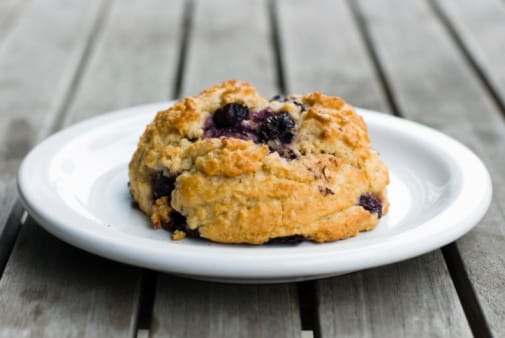One of my favorite in-class demonstrations consists of asking students to guess how many calories there are in a Starbucks blueberry scone.
Typically nobody knows for sure, but people differ in how clueless they are, with answers ranging between 100 and 1,500 calories.
Interestingly, however, the average of these wild guesses is strikingly accurate: Last time around, the average was just over 490 calories, which is only 30 calories above the true answer. This is especially notable once we consider that, on average, individuals were off by 130 calories. If you take a student at random, then, they are off by 130. If you take all of them, you are off by just 30. Talk about the wisdom of crowds.
We don’t very often have to guess calories blindly, and less often yet do we get to consult with 50 of our classmates before deciding which pastry to order with our cup of joe. So how often can this little nugget of insight come in handy?
Turns out: Very often.
We face numerical estimations all the time: How long will it take to complete this project? How much should I pay for that house? How much more money would Job B need to pay to compensate for the longer vacations Job A offers?
Think, for a moment, about how you would answer that second question. You could look up the value in Zillow.com, or look at the comparables your agent provided, or use your current house as a point of reference.
Which of these methods is “right?” Truth is, we don’t know. They are all partially right, and partially wrong. Like the students making guesses about the scone, however, each is wrong in its own way—so averaging should lead to cancellation of errors.
We typically solve these problems by taking sides, going with either Zillow or the agent. The scone exercise suggests an alternative: Have it and eat it.
Compute all guesses. Take the average. Go with that.
Because the same (simple) math that makes crowds wise makes multiple guesses by individuals wise. You will be long by 50 in one, short by 50 in another and right on the money on average.
For what it’s worth, this “crowd of one” idea works beautifully with the scone, too. I asked students to provide a second guess for the number of calories, without giving them any feedback. Taking the average of the first and second guesses improved their accuracy by about 20 percent over the first guess alone.
So, if you don’t know the answer to a question … answer it twice.


























